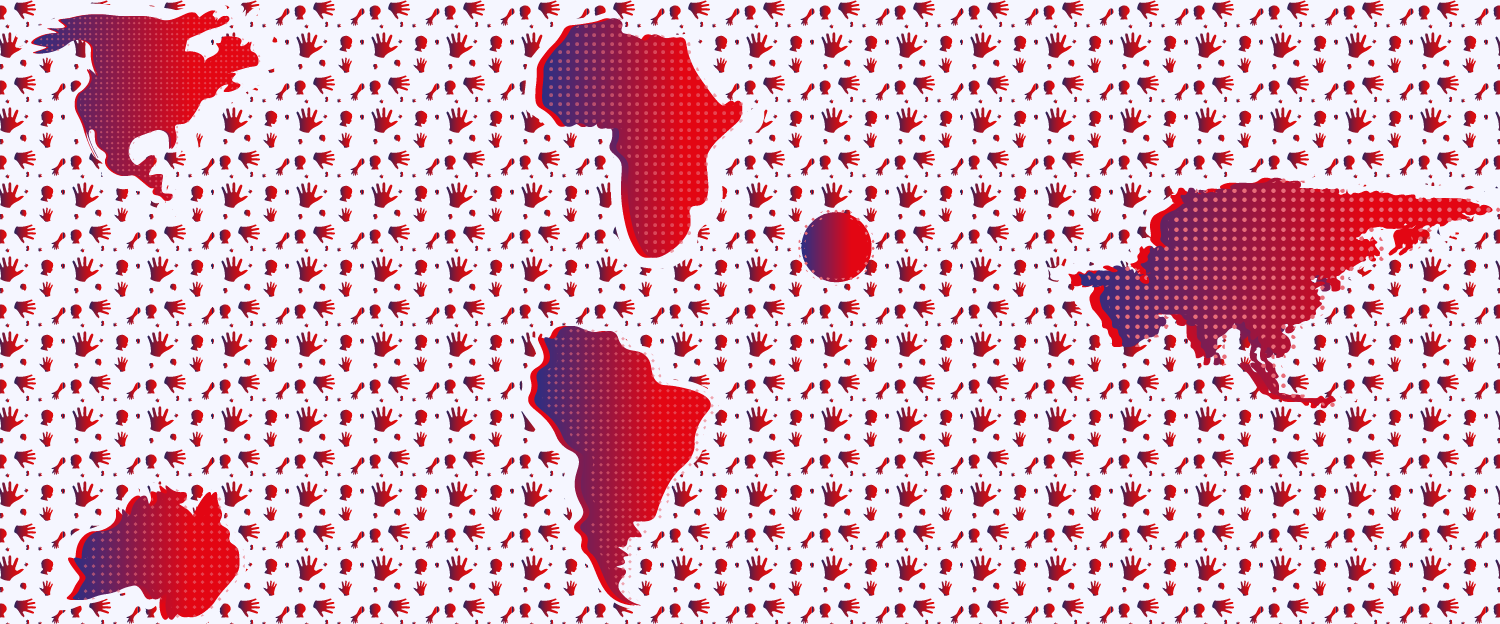Much of the mathematics taught at undergraduate level is named for, or attributed to, male European mathematicians of the nineteenth century. This helps to reinforce the mistaken notion that mathematics is a white male preserve. Since there is little room in Open University mathematics teaching to include the broader and more nuanced historical material necessary to show the rich diversity of contributions to mathematical development, another way must be sought.
Our proposal is to create an open access online resource containing original and secondary source material which exemplifies the diversity of mathematical development. The resource would be available via OpenLearn to mathematics students and mathematics teachers everywhere.
We envisage that the resource will initially comprise of c.100 extracts from different types of texts (papyri, clay tablets, manuscripts, letters, journals, books, images, etc.), in translation where necessary, each accompanied by a short commentary and hints of where to go for further information. The material would be searchable in different ways: gender, topic (algebra, calculus, statistics, etc.), culture (African, American, etc.), period (Ancient, Middle Ages, etc.). It will also contain maps from which it would be possible to see immediately where and when, for example, a mathematical idea developed and/or its route of transmission. It will also contain ideas for assessment.
In our presentation we included two examples that demonstrate the sort of material that could be contained in the resource, and we showed how it could be used to broaden students’ perception of mathematics and mathematical practice. The first related to Thomas Fuller, an African slave with exceptional calculating abilities. Since Fuller produced no written mathematics, the relevant primary sources are limited to published reports about Fuller. These sources, as well as later secondary sources, can be used to learn about Fuller as well as raise questions about mathematical cultures.
 Katherine Johnson, a mathematician who worked for NASA
Katherine Johnson, a mathematician who worked for NASA
In the second example, we consider prosopography as a way to view communities of mathematicians whose presence in archives and historical records are more obscure. Using the example of the West Computing Group at the National Advisory Committee for Aeronautics in the USA, expertly treated by Margot Lee Shetterley in her book Hidden Figures, we showcased the benefits to mathematics students of engaging with historical materials. Students witness the huge amount of unseen labour that goes into developing, refining, and adapting mathematical concepts before they become sanitised in textbooks; they witness mathematical practitioners with whom they can identify and perhaps take as role models; they are exposed to the many places outside of universities where mathematics was and is developed; and they will gain a greater understanding of the cultural influences which have affected who is granted access to mathematical knowledge, and the types of knowledge that is valued. This is especially pertinent when you consider that our undergraduates are the future researchers, funding body decision-makers, hiring committee members, teachers and more; an awareness amongst students of the historical and persistent barriers to mathematical studies is vital if we are to improve diversity in mathematical sciences more broadly.




Rate and Review
Rate this video
Review this video
Log into OpenLearn to leave reviews and join in the conversation.
Video reviews
Frank Monaghan - 19 November 2020 1:37pm
Hi Adam,
I don't think you've lived up to the request above to: 'Please be polite, and avoid your passions turning into contempt for others'.
It's historically incorrect to say that most mathematicians are sui generis - much mathematics has developed collaboratively over time and often in response to societal needs. The few 'geniuses' who worked away on the more abstruse, 'pure' mathematical problems are a small subset of the many others, like Katherine Johnson, who pushed mathematics forward in pursuit of a concrete goal, like space exploration.
The benefit I see in decolonisation is recognising the hidden contributiuons that have been made because we take a blinkered view of the subject. To take a different example from my own field, applied linguistics, languages have been going 'extinct' for a long time but it has speeded up enormously, firstly with colonisation then globalisation. Apart from the cultural loss, there are also practical losses. For example, indigenous people in places like the Amazon or Australia have knowledge of plant species that have health benefits but with the loss of their names comes the loss of the knowledge, so we may be missing out on the development of potentially life-saving drugs as a result.
Something else to consider in studying the wider history of a subject like mathematics is the adage 'you cannot be what you do not see'. Katherine Johnson's story is a good illustration of this - the film 'Hidden Figures', which traces the work of Black mathematicians in NASA in the early days of the 'space race' willl hopefully inspire other girls (and boys) who might otherwise have thought mathematics was not for them and we may reach the stars a little sooner than we might otherwise have done.
Decolonising the curriculum means understanding it more fully and opening it up more widely so that we can all benefit. That doesn't sound like the work of pymies to me, it sounds like finding more giants whose shoulders we can stand on.
Best wishes,
Frank
Daniel Linehan - 4 February 2021 7:03pm
I don't see the statement 'You cannot be what you do not see' as anything other than political sloganeering. I also consider it to be fundamentally untrue. Is this all we get from the Open University these days?
I can't see anything in the leadership of this university which inspires me, nor anything I wish to emulate. I, in common with most people, respect the truth, clear thought, a well reasoned argument. Everything I've read from the university this week has been disingenuous clap trap from academics scared of placing a foot wrong. It isn't brave to agree with twitter.
Daniel Linehan - 4 February 2021 6:53pm
I think there's an element of truth to what you say Adam. I always thought the important thing was the maths, rather than the race or sex of the mathematician. It seems that this is the environment we live in these days, if Fermat was an old white dude, we have to focus on that part of him. Ignore the fact that we use Indian numerals, ignore the fact that Algebra is an arabic word or that zero was invented in what is now Iraq. White men have colonised mathematics... at least according to two white women and a white man.